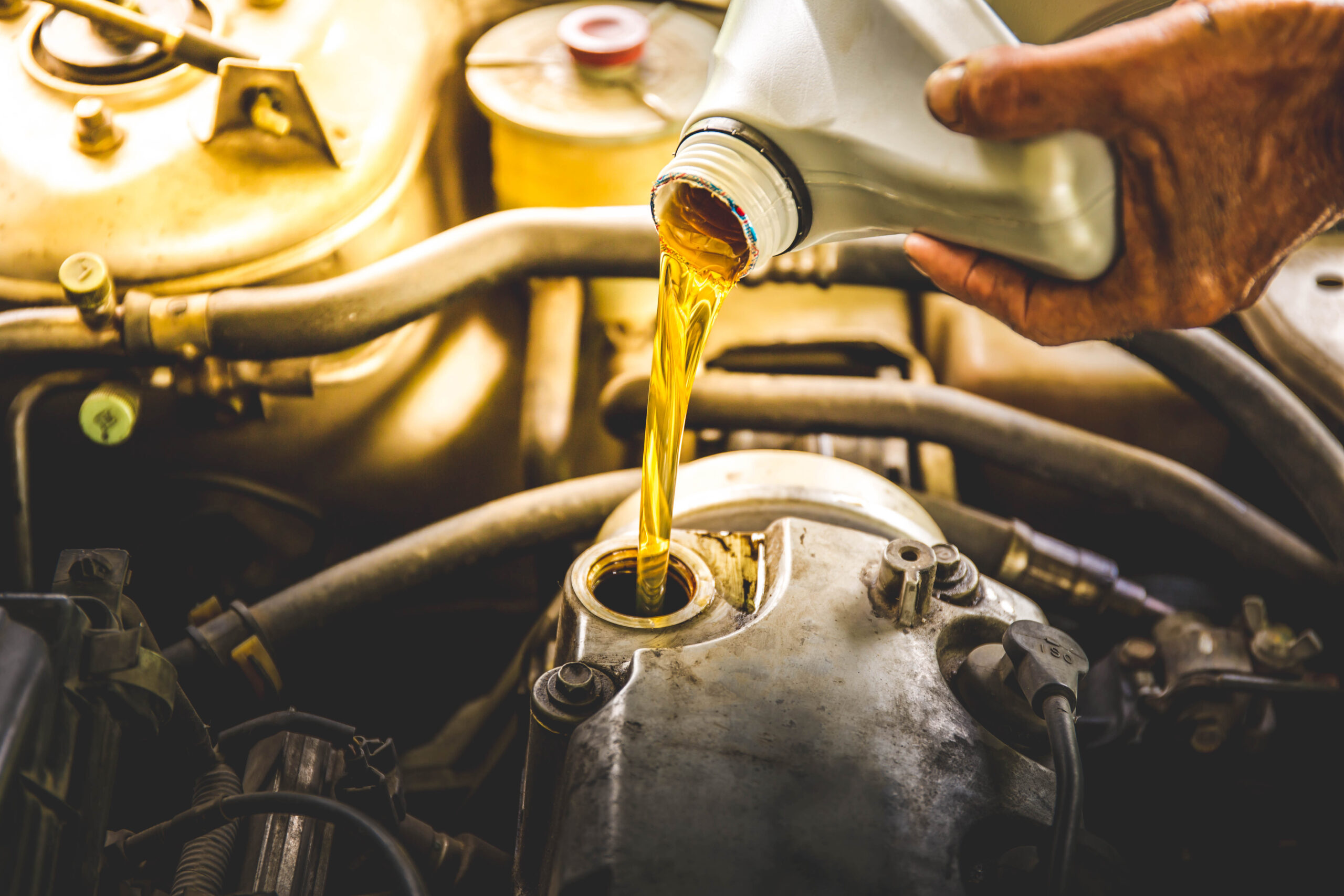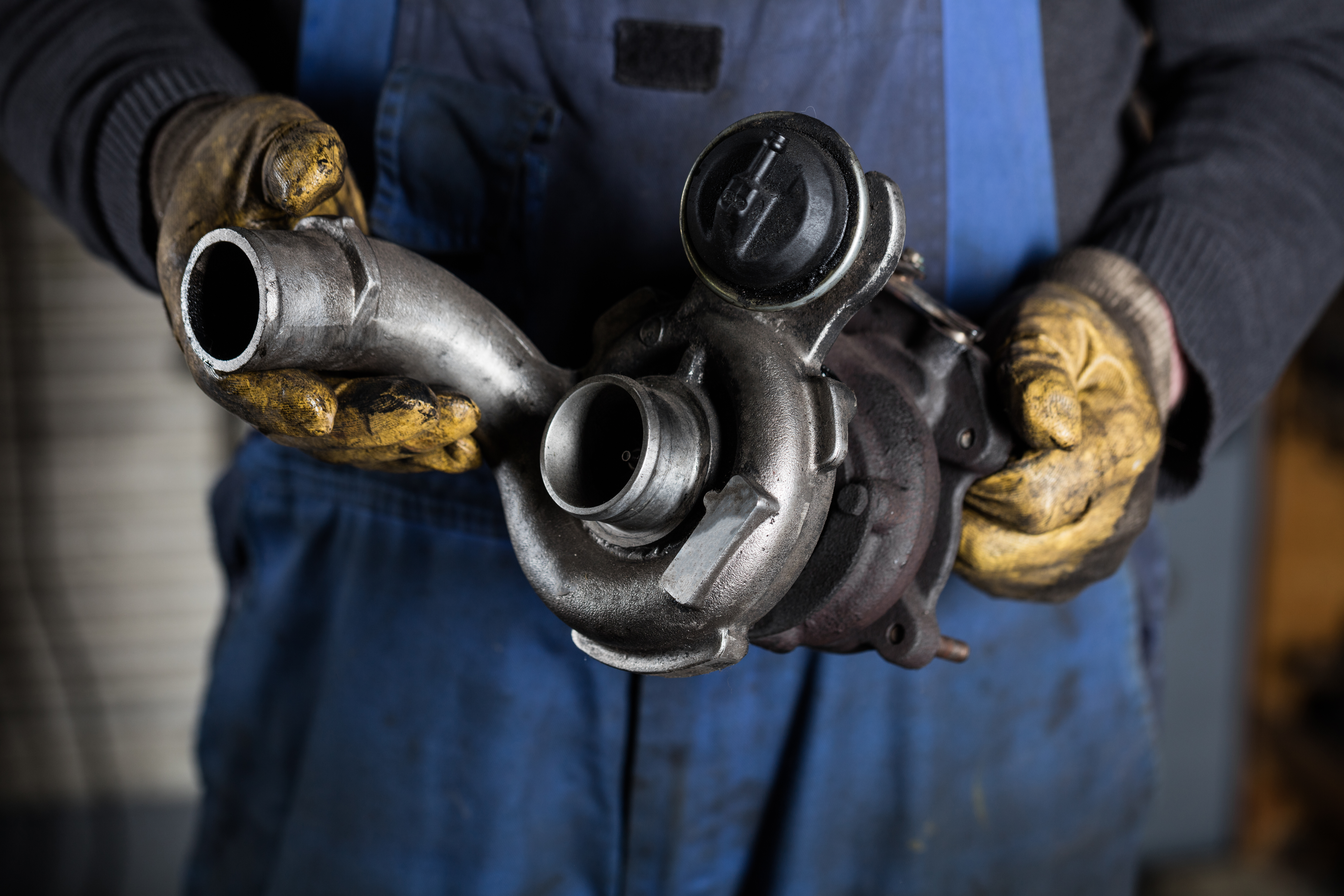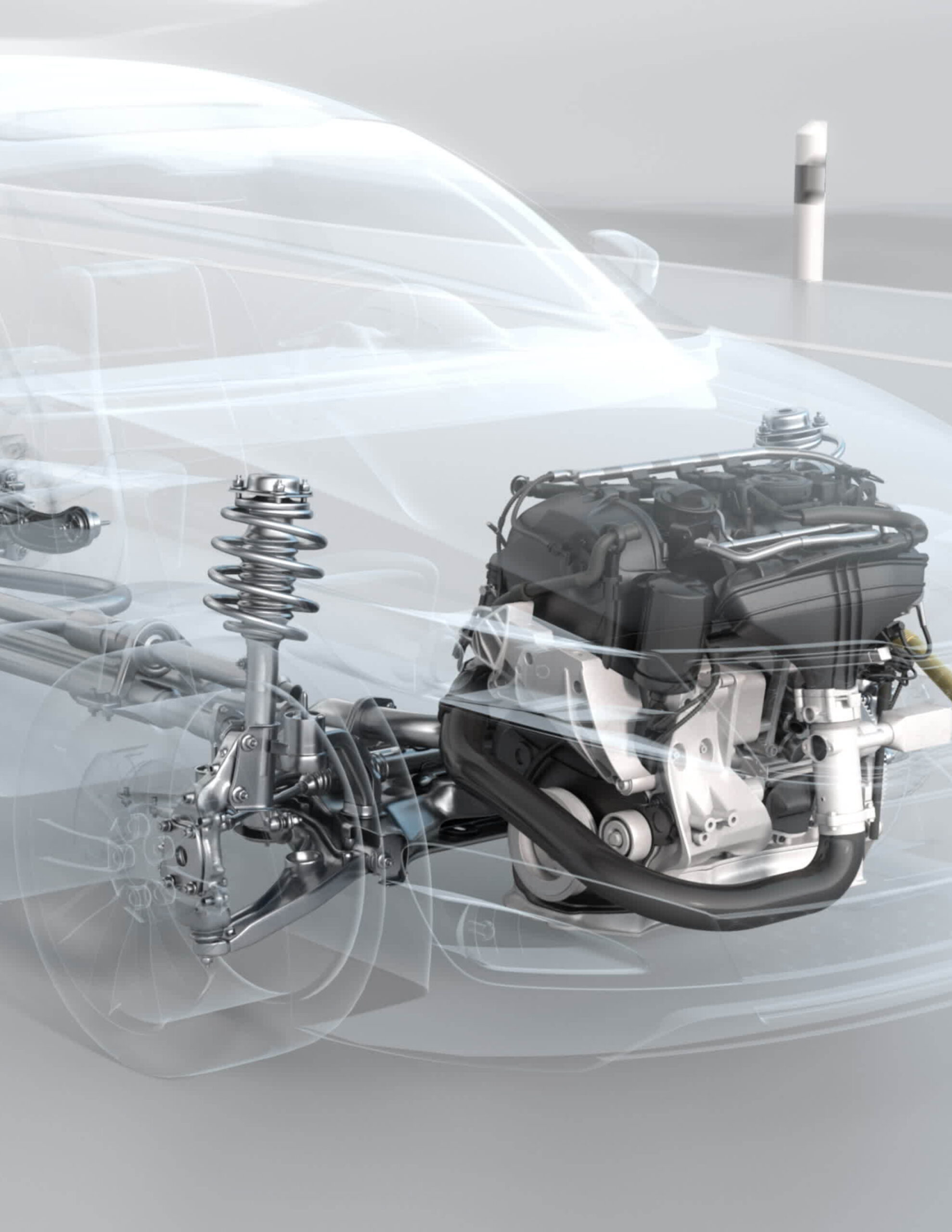What are the causes of turbocharger malfunction?
It is extremely important to detect the reason for the failure of the turbocharger before replacing it, that is why in Turbo3 we want to explain to you what are the causes of the turbocharger malfunction and its procedure, first of all we must detect the origin of the turbocharger failure, in order to assess if it needs to be repaired or buy a new turbo.
Mainly the most common cause of turbo failure is not in the turbocharger, but in an external impact on it. On its own, the turbocharger has no parts that are subject to excessive wear, working in modes provided by the manufacturer. The life of the turbocharger equates to the life of the engine. Turbocharger manufacturers exclude the presence of defects in their products. It is quite a reasonable exception, because high-tech automated lines are used in the production of modern turbochargers.
The entire production process goes through strict automated control. Although, speaking of the operation of the turbocharger, the situation is somewhat different and over time, in practice, we have a problem. A frequent case is when a turbo breaks down much earlier than it is supposed to serve. No exception are cases where a new, recently installed turbocharger fails for some reason, before the vehicle can pass 100 meters, immediately after the repair shop.
POLLUTED OLD ENGINE OIL AND AGGRESSIVE ENVIRONMENT

Engine oil goes to the turbocharger to lubricate the rotating parts of the turbocharger. Contaminated with foreign particles, oil adversely affects the turbocharger, greatly deteriorating its moving parts, scratching and damaging its bushings and bearings. Large abrasive particles leave deep scratches in the form of grooves on the turbocharger sleeves and bearings. Such typical wear on turbocharger parts is often associated with an unusable engine oil filter. Also, the cause of dirt in the engine oil can be an improper engine repair, opening the engine covers under adverse conditions. A significant excess of the service life of the engine oil contributes to the formation of fine abrasive particles in the lubricant, the oil loses its lubricating properties, which leads to severe wear of the shaft. gradually eroding its surface, a strong reaction of the turbocharger rotor appears. A poor quality or unsuitable oil, the presence of foreign additives in the oil leads to chemical contamination of the engine oil, which contributes to the intensive wear of the sliding parts of the turbocharger.
OVERHEATING IN EXTREME TURBO OPERATING CONDITIONS
The cause of large wear on the rotating parts of the turbine can be overheating caused by a malfunction of the car’s cooling system, a malfunction of the gas distribution system, an inapplicable type of fuel. Also, a malfunction of the turbo control system, a faulty air pressure sensor leads to strange formations on the axle and wheel, contributing to its overheating. When overheated, the violation of the temperature characteristics of the turbocharger leads to deformation of the turbine parts, the formation of cracks in the shaft nozzles. The inapplicable parameters of the control systems lead to turbocharger rotor speeds out of range, forming cracks in the blades, subsequently destroying the entire rotor. Lack of engine oil in the turbocharger causes overheating and destruction of its parts.

TURBO DAMAGE FROM FOREIGN PARTICLES

As they enter the turbocharger, solid foreign bodies will inflict irreparable damage to its parts. As a result of improper repair or installation, an external washer, nut, plastic, caught in the turbocharger, will damage the turbocharger wheel or the entire turbocharger shaft. Even a small piece of soft paper, cardboard or wood will cause a complete imbalance of the turbocharger rotor, subsequently leading to the complete destruction of the bushings and bearings. Blade damage with foreign objects on variable geometry turbos (VNT, VGT, VG) causes failure of the turbocharger geometry control system, which can lead to overheating or the assignment of incorrect turbocharger operating parameters. Sand or dust penetrated into the turbocharger air channels, quickly deforms the turbocharger wheel blades and quickly wears down the remaining parts of the turbocharger. Improper installation, poor quality air filter, and leaky duct connection can be a serious cause of newly installed turbocharger failure.
SIGNS OF MALFUNCTION OF THE TURBOCHARGER
THE TURBOCHARGER IS VERY NOISY WHEN WORKING
A loud noise may occur when the rotor rubs against the turbocharger housing.
In addition, the noise can be heard with a friction that causes deformation of the casing or the deformation of other parts of the turbo. When rubbing, overheating and destruction of the blades are inevitable, followed by the inevitable failure of the turbocharger.
WHEN THE TURBOCHARGER IS RUNNING, A WHISTLE OR WHISTLE-LIKE NOISE IS HEARD
Usually the hiss is due to the lack of tightness of the turbo system.
An air leak can occur where the motor is connected to the compressor. The hole in the intercooler or the connection points to it can also cause an audible hiss.
THERE ARE OIL SPOTS ON THE GASKETS OF THE AIR DUCTS
A clogged oil line, intercooler, or air line usually causes oil to leak through the air lines. Motor oil, under pressure, simply has nowhere to go. In addition, possibly a low quality oil or an oil with additives coke during burning, thus forming strong obstructions within the turbocharger system.
BAD ACCELERATION OF THE CAR, LOSS OF THE POWER OF THE CAR
There may be a fault in the turbocharger control system. The turbocharger does not supply enough air to the engine. On turbos with variable geometry (VNT, VGT, VG) one of the reasons for poor acceleration and power drop can be nozzle ring jam due to deposit. Carbon, in turn, is formed from an oil, poor quality fuel, due to a faulty air injection system.
BLACK EXHAUST GASES
The fault may be in the turbocharger control system. Black exhaust color can occur when the fuel mixture is too rich in air. The fault may not be the tightness of the air injection system. The intercooler orifice or the nipples, which connect it to the rest of the turbochargers, can allow air to pass through.
At Turbo3 we have a network of modern and well-equipped turbo repair shops that produce high-quality professional repair of faulty turbochargers from all leading car brands including Garrett by Honeywell, BorgWarner, Mitsubishi and other lesser known manufacturers.
Based on long working experience and our strict quality policy, we provide only high quality turbocharger repair and overhaul services. Professional turbocharger repairs are performed by specially trained and qualified personnel using the most modern and reliable equipment.













